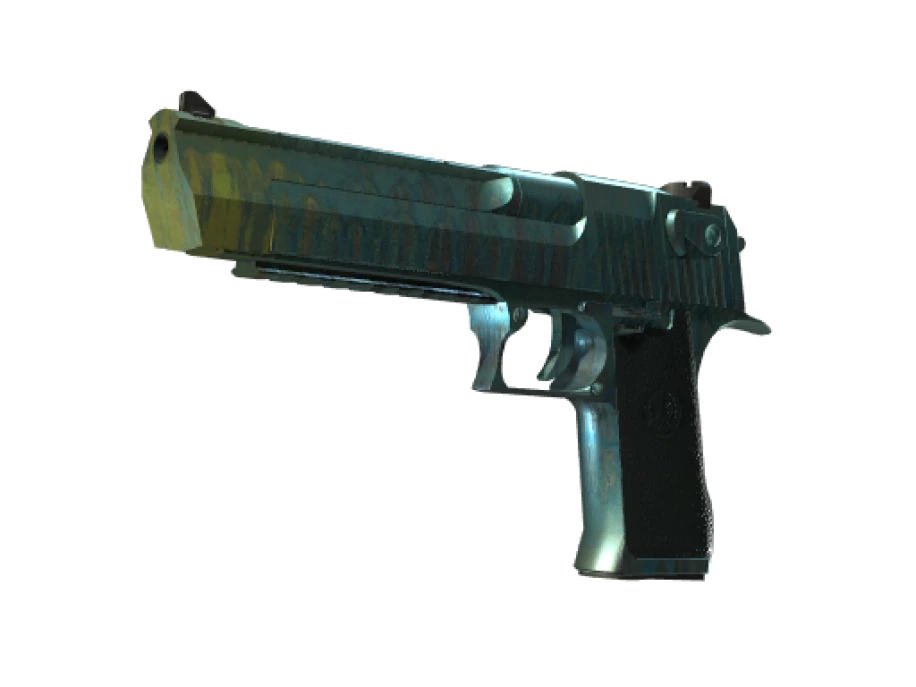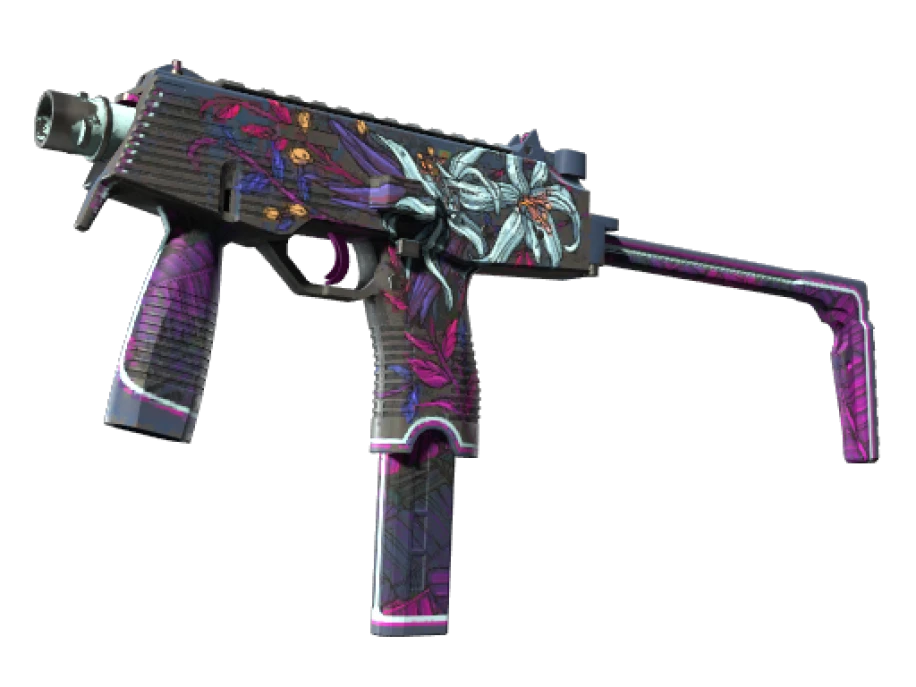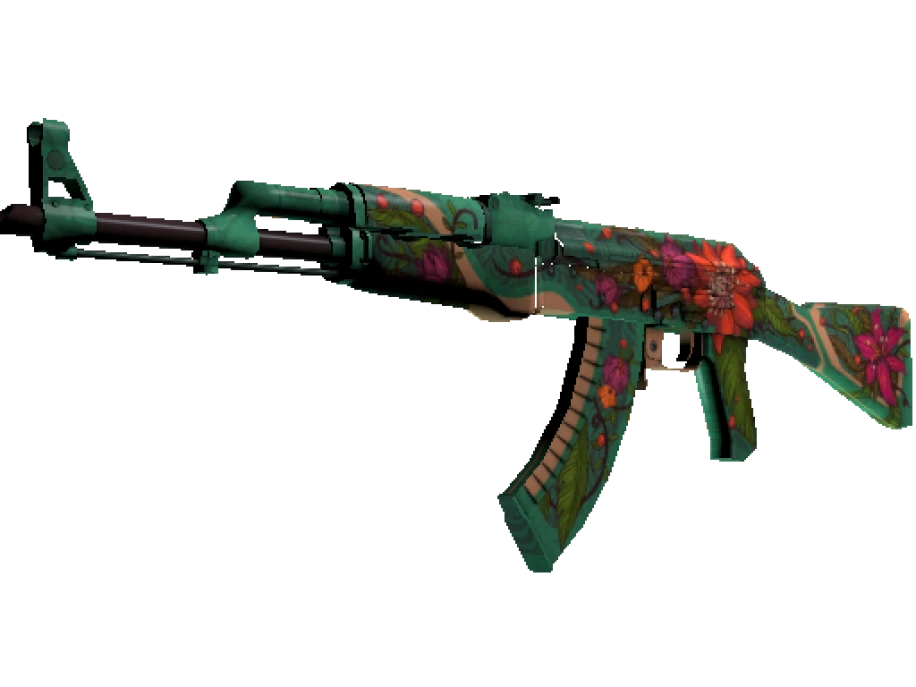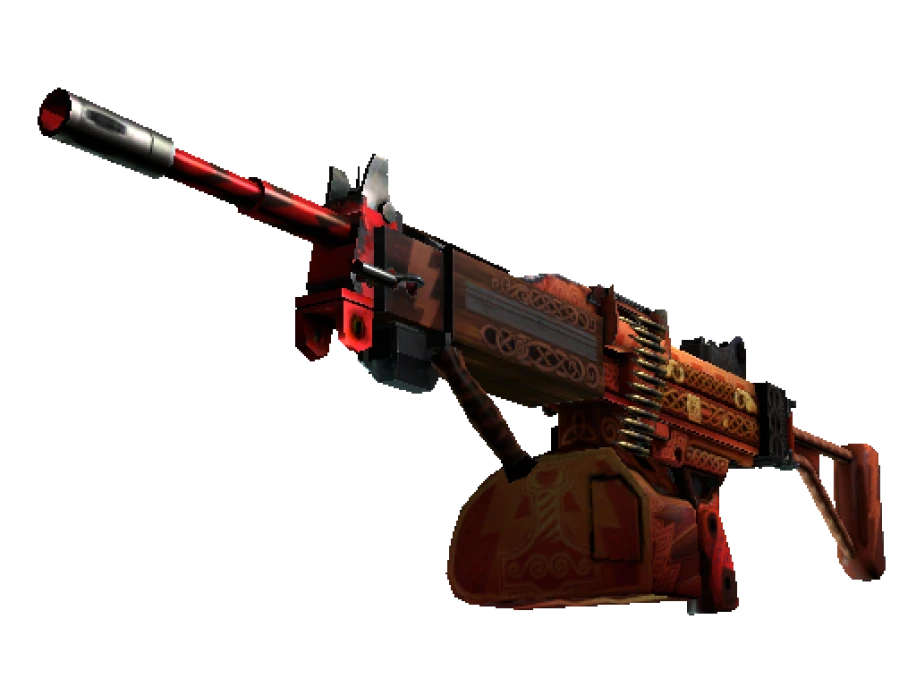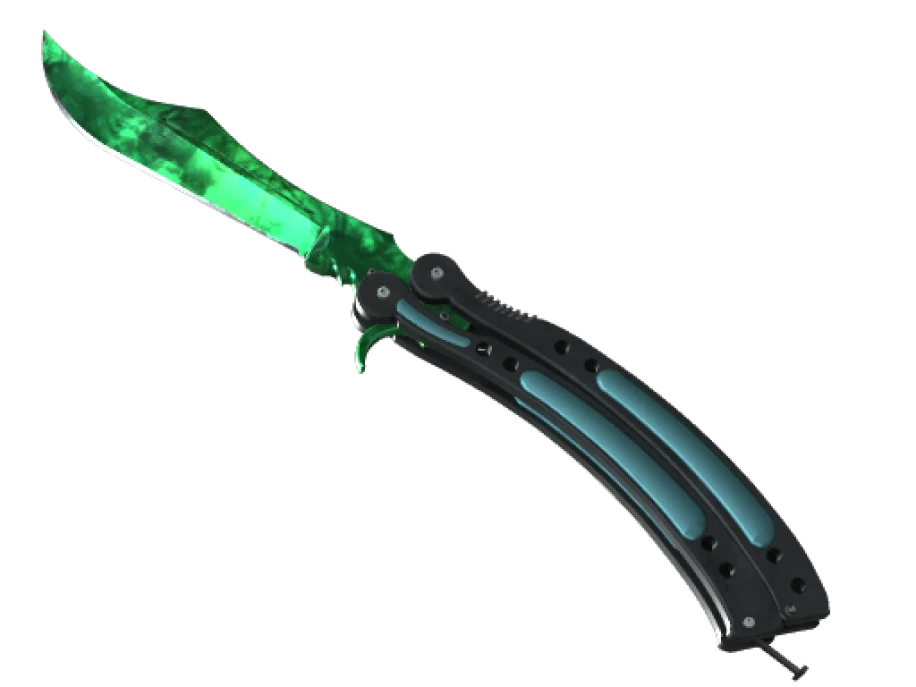What’s wrong with Train?
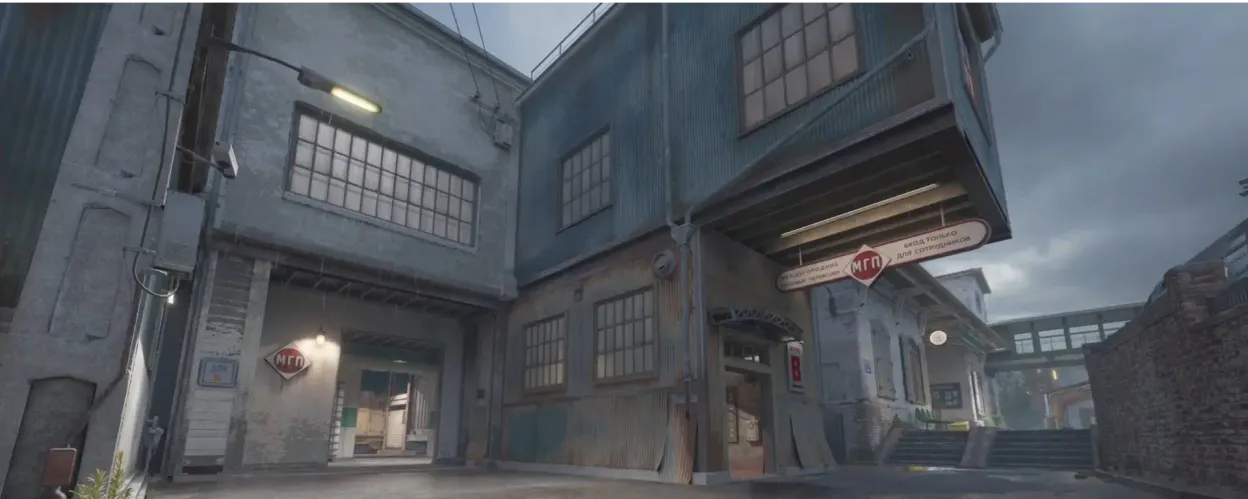
When Train returned to the pool of cards, it sparked a lot of discussion – he replaced Vertigo, caused a lot of excitement, but could not gain popularity. Why do players continue to ban it, and why is it rarely seen in tournaments? In this article, we will analyze the problems of Train and try to find out what went wrong.
Is the map popular?
Despite numerous requests from players to return Train to the pool of cards, it has not gained popularity. This is clearly confirmed by the last IEM Katowice 2025 tournament, where Train played only six times: three times at the main stage and three times in Play-In.
It’s weird to play on this map. I’ve tried a little on FACEIT, and I just don’t like it.
reported bo3.gg final
The situation in the matchmaking is even worse – Train remains the most banned map in Premier. Most players don’t want to play it because they don’t know tiering, grenades, and shared strategies, and few are willing to learn a new card, especially one with a conflicting balance. As a result, the card becomes something like Vertigo when it is added – many realize its potential, but almost no one wants to play it now.
Problems of the map
Train suffers not only because of a lack of knowledge from players, but also because of problems with balance. In CS:GO, the card was always considered inclined to protect, but in CS2 this displacement became even stronger. Now the standard distribution of forces looks like this: three players per A, one on Ivy and one on B. Because of this, the B-plate is almost ignored, and the whole main game is reduced to control A. Attempting Valve to make the pletz A more accessible to attack only exacerbated the situation – now it is easier to occupy, but it is more difficult for defenders to recapture. As a result, terrorists are forced to either quickly occupy A or be trapped on a memorial, and if they decide to play slowly, the defense simply keeps them out of the map.
It will be difficult to adapt, as the card is heavily reworked, but who does not like challenges? I think it’s still prone to CT, but you need very good communication and synchronization with your comrades more than on other maps.
reported bo3.gg xfl0ud
Difficult to say. T-sides now have more explosive games on medes. Previously, CT was better controlled by the mude and the outer part, but now Ts can be more aggressive. In general, it is more balanced. saffee
reported bo3.gg saffe

New Fiber A
Train has also lost many of the elements that made it unique. The new version removed the ladder in Pop Dog and Heaven, and with this the verticality and variety of game strategies disappeared. Now players almost never use the top positions on A, and the firefights on trains have become a rarity. All this makes the map less dynamic and predictable. In addition, Train rounds often turn into pampers. If the terrorists are in a hurry, there is chaos of hashs, hammers and flash drives, after which the round turns into a fast 3v3. If the terrorists decide not to hurry, the defense simply locks them on the line and forces them to play in uncomfortable conditions.
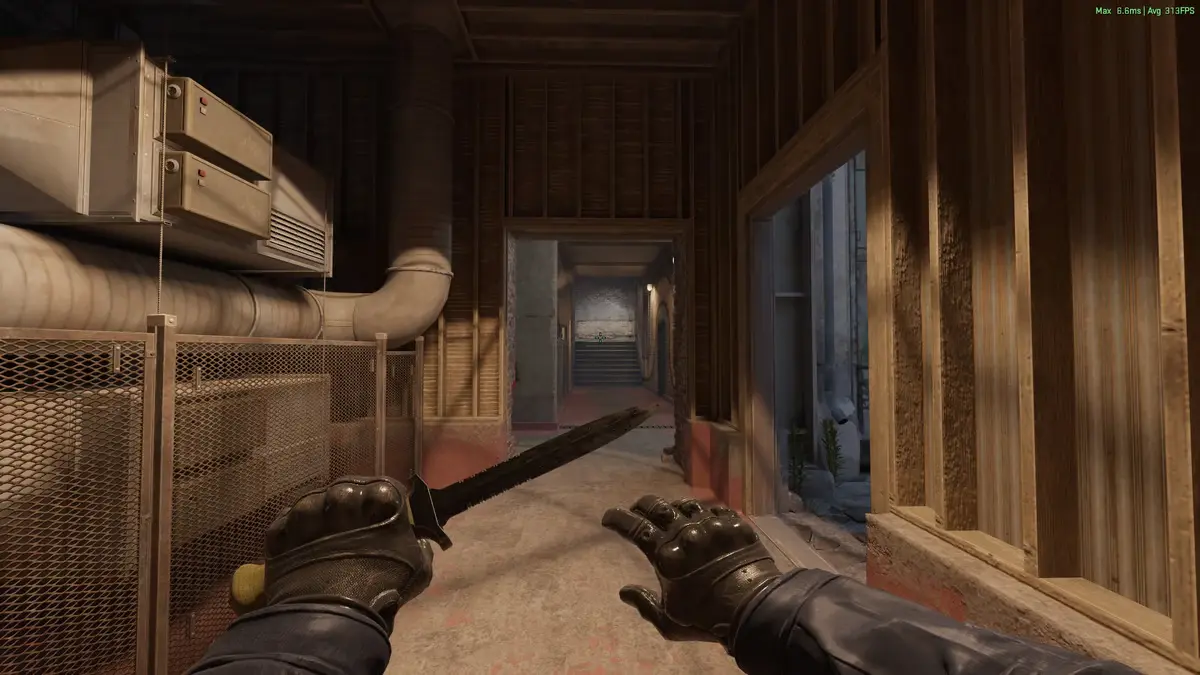
New popdog
Other problem areas of the map are Ivy and B. The best defense tactics on Ivy remain aggressive raid, and the strongest move to B is also a raid. As a result, the card encourages aggressive game from the defense, and the attack is constantly forced to guess where and how the enemy decides to take the position.

New Pentute B
Strengths of Train
Despite its difficulties, Train has several key strengths that make it a unique and fascinating map. It offers a rich strategic layer that requires precise coordination and careful planning from teams, making strategy execution extremely satisfactory. The map favors the AWPaires and players who are superior to long-range shootings, turning it into a paradise for those who love sniper duels. The location of the tapes A and B allows a variety of approaches, from rapid attacks to slow, methodical captures. The unique design of Train highlights it from other maps in the pool, providing a fresh experience for players ready to master it.
Although the card is prone to CT, strong T strategies can lead to spectacular camebacks, supporting the tension and unpredictability of games. In addition, Train allows you to use creative grenades due to the lack of skyboxes, which makes it possible to have effective smokes, flash drives and fakes. This opens up unique strategic opportunities for teams to disinformation opponents and control of key map areas. Long corridors and open spaces also allow the exact placement of utilities, making Train one of the most saturated cards in the pool.
How to fix the situation?
Train has the potential, but Valve needs to make major changes to make it passable. First of all, it is worth rethinking the balance of the card – add more convenient positions for retseutics on A and make the tape B a more significant point. This may include additional shelters or new exits.
Train also needs its verticality back. If Heaven became part of the map again, and the staircase in Pop Dog returned, it would add more playfulness, and flight shootouts would again become an important element of the game. At the moment, the map seems flat and less dynamic than its version in CS:GO.
To speed up the adapting of players, Valve could add tutorials such as built-in grenades, positioning tips, and strategic fragments. This would help to lower the barrier to entry and make Train more attractive even for those who do not want to waste time studying it yet.
If nothing changes, Train will simply repeat the fate of Ancient at the time of launch – players will massively prohibit it, and professional teams use it only in extreme cases. As a result, the card will either remain in oblivion, or in a year it will be removed from the pool of cards.
